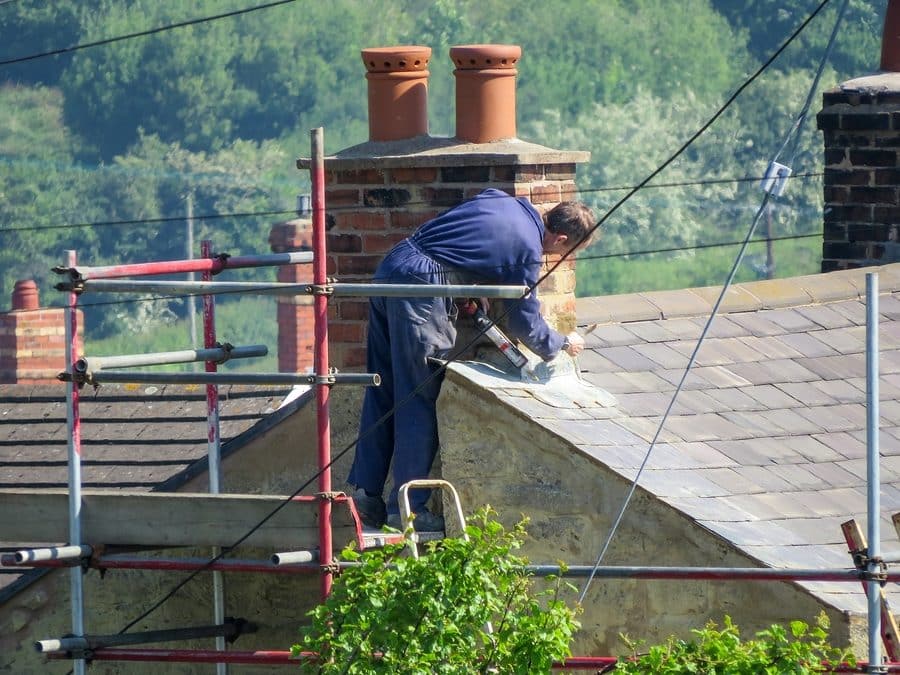Why Properly Installed Flashings Are Essential for Your Roof
Keeping your property free from leaks is one of the most important parts of any construction or roofing project. Whether it’s through sudden flooding or the slow creep of moisture, water that gets past your home’s defences can cost you thousands of dollars.
A properly sealed roof and good gutters can handle regular rainfall, but when rain becomes torrential or a strong storm hits, your roof needs more protection. That’s where roof flashings come in.
What Are Flashings?
Flashings are thin, waterproof sections of material that are designed to protect joins and weak points from water intrusion.
Roof protrusions such as chimneys or vent pipes are common locations for the use of flashings. Walls adjoining roofs, gutters, and window and door frames are also routinely protected with flashings. As well as keeping water out, flashings also protect these areas from damage that could, in turn, lead to leaks.
Finding the Right Flashings for Your Home
There are many types of flashings available to meet differing needs. However, it’s not sufficient to simply pick one at random and use it for your roof. Each flashing type has its particular uses and, by understanding how these line up with your needs, you can quickly narrow down your selection.
Types of Flashings
Commonly used flashing materials are metal, plastic, or rubber. Metal flashings are commonly made of aluminium, stainless steel, galvanized steel, copper or zinc. If you have metal roofing and intend to use metal flashings, you’ll need to put careful thought into your choice. Some types of metal can become reactive when in contact, particularly if water is present, and this can lead to galvanic corrosion problems. A common example is copper and iron, the combination of which caused corrosion problems in New York’s Statue of Liberty.
Design and Flexibility Considerations
As well as providing a barrier against water penetration, flashings should also integrate with design elements. You’ll also need to choose flashings that are malleable enough to work into the contours and crevices where they are needed. In areas where flexibility is required, such as at expansion joints or corners, flashings should be made of rubber or rubberized asphalt.
Proper Installation Is Key
Flashing needs to be installed correctly if it is truly going to protect your roof. It’s important to get the job done right the first time – once flashing is installed it will often be hidden or layered over with other materials. That means replacing or even adequately inspecting your roof’s flashing will be difficult and costly.
Whether you’re building a new structure, planning an improvement project, replacing your roof, or installing a new feature, it’s important to choose the right flashings and have them properly installed in order to protect your structure from water damage.
Choose the Professionals
To make sure you have peace of mind and get real value on your investment, it’s best to use qualified roofing professionals such as the metal roof suppliers at Ron Nickel Roofing. Remember, wherever you see flashings on a structure, these are places that are most prone to water intrusion. Contact Ron Nickel Roofing to ensure your home has the best protection.
Site Links
Areas We Service
Roofing Services
Contact Information
Licenses
A.B.N: 68 090 154 680
A.C.N: 090 154 680
QBCC 1011832
Queensland Building Licence
NSW Building Licence
Asbestos Licence





